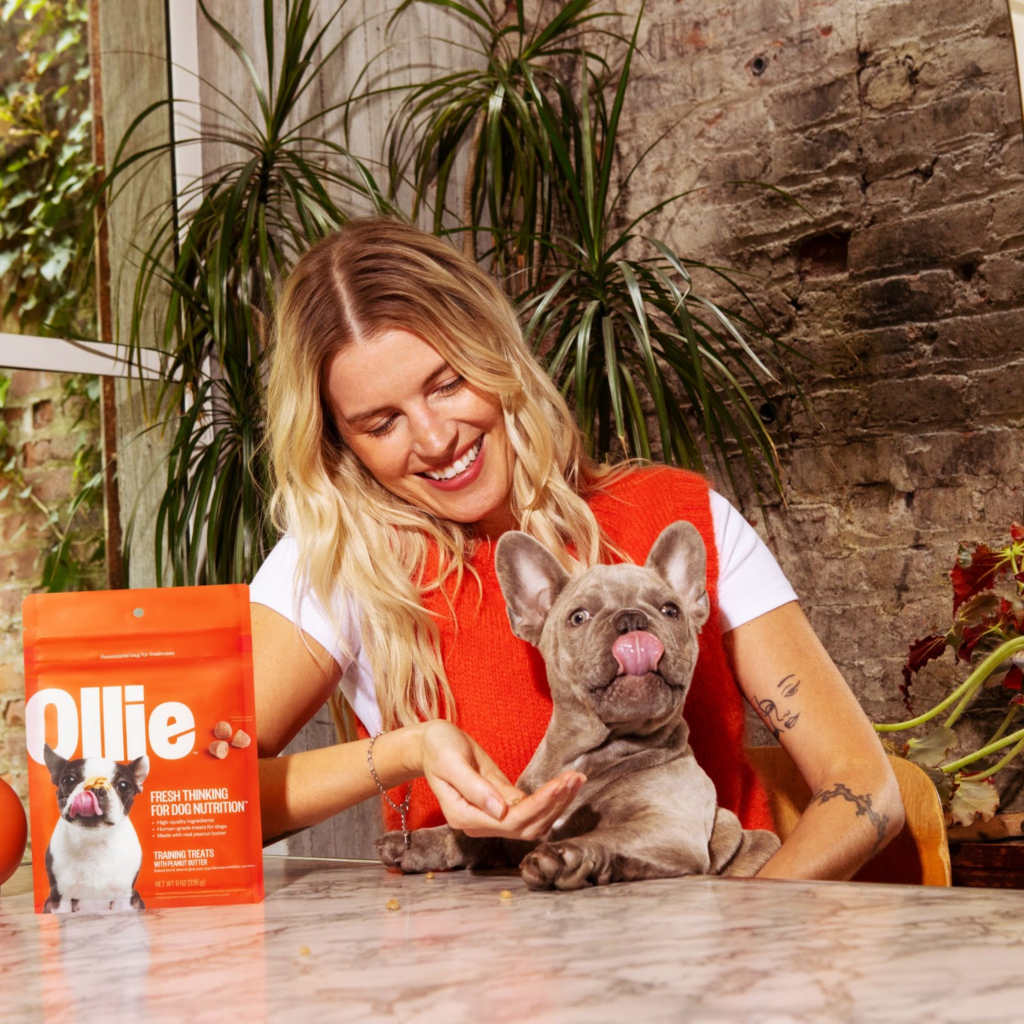Tips for Creating a Healthy Learning Environment for Pets at Home

Creating a Positive Space for Your Pets
Bringing a pet into your home is a joyous occasion, filled with love and companionship. However, it is essential to recognize that this bond comes with a set of responsibilities aimed at ensuring your furry friends thrive. Establishing a healthy learning environment is not merely a recommendation but a vital component of pet ownership that promotes their physical, mental, and emotional well-being.
To create an ideal space for your pets, consider several crucial factors:
- Comfort: Comfort is key to a pet’s happiness. Providing a cozy resting spot made of soft bedding can enhance their sense of security. For dogs, a spacious dog bed placed in a quiet corner can offer a retreat, while cats often relish a warm, elevated perch where they can watch their surroundings. Opt for materials that are easy to clean and hypoallergenic to ensure a healthy sleeping environment.
- Safety: Safety should always be a priority. Pets are naturally curious, and their exploratory behavior can lead to accidents if harmful substances are left within reach. Ensure that household cleaners, medicines, and anything potentially toxic are stored securely. A child-proof cabinet can work wonders, especially in homes with energetic puppies or inquisitive kittens. Additionally, make sure to secure electrical cords and remove any small items that can be easily swallowed.
- Stimulation: Engaging your pets mentally is just as important as meeting their physical needs. Provide a variety of toys that challenge their intellect and encourage play. For example, puzzle feeders can stimulate a dog’s problem-solving skills, while feather wands can entice a cat to leap and pounce. In Nigeria, consider integrating locally-sourced materials to create toys, such as rope made from natural fibers or items that mimic local wildlife to spark curiosity and playfulness.
- Training Space: Designating an area specifically for training exercises can significantly enhance your pet’s behavior and intelligence. This space should be free from distractions to help them focus during lessons. Incorporating positive reinforcement techniques like treats or praise can make training sessions enjoyable. For instance, using commands like “Sit” or “Stay” while offering snacks like locally available dried fish can encourage proper behavior and forge a stronger bond between you and your pet.
In Nigeria, where pets hold a special place in our lives, understanding how to support their learning can lead to well-adjusted and happy companions. By cultivating an environment rich in love and learning opportunities, you can foster not only a content pet but also a heartfelt connection. This article explores actionable tips and insightful approaches to create the best possible environment for your furry friends.
Follow along to discover strategies that utilize local knowledge, reflect cultural relevance, and introduce innovative practices in pet care. Every pet deserves a safe, enriched space that nurtures their needs and enhances their learning journey. With care and attention, we can ensure our pets flourish and bring joy to our lives.
SEE ALSO: Click here to read another article

Creating an Enriching Atmosphere
As pet owners, we often overlook the profound impact our homes have on the learning and development of our beloved companions. Just like children, pets thrive in environments that cater to their unique needs. An enriching atmosphere not only fosters healthy learning but also nurtures their innate curiosity and playful spirit. Here are some essential tips to consider when designing a learning space for your pets:
- Social Interaction: Pets are social beings that require interaction with humans and other animals. Engaging them in regular playtime or training sessions can help alleviate boredom and anxiety, ensuring they remain mentally stimulated. Use positive reinforcement during these interactions, as praise or treats can motivate them to learn new behaviors. For instance, when training your dog to fetch, incorporate friendly games that encourage teamwork, making the process enjoyable for both of you.
- Varied Terrain: Providing different surfaces and terrains within your home can enhance your pet’s physical agility and confidence in exploring new environments. For example, creating a small obstacle course using cushions, mats, or DIY ramps can challenge your pet’s physical abilities and problem-solving skills. In Nigeria, utilizing locally sourced materials to create such enrichment tools adds an extra layer of cultural relevance to your training approach.
- Scheduled Routine: Establishing a consistent routine can greatly benefit your pet’s learning process. Scheduled feeding, play, and training times contribute to a sense of security and predictability in their daily lives. For busy dog owners, a dedicated early morning or evening training session can cultivate a disciplined environment, allowing time for both interaction and instruction. Regularity helps pets learn expectations and can significantly reduce behavioral issues.
- Environmental Enrichment: To stimulate your pet’s mind, consider the inclusion of various environmental enrichments such as scratching posts, climbing structures, or even interactive toys that require exploration. For cats, vertical spaces like shelves allow them to satisfy their climbing instincts, while dogs benefit from toys that dispense treats as they play. Such enrichments encourage problem-solving and creativity, promoting a curious and active lifestyle.
Creating a healthy learning environment is not solely about the physical space; it is also about the emotional and mental wellness of your pet. By investing time and thought into how to make their surroundings conducive to growth, you can foster a bond that is not only based on care but also on mutual understanding. This nurturing atmosphere will enable your pet to discover their capabilities and feel secure in their home.
As we delve deeper into specific strategies and culturally appropriate practices, remember: the key to enhancing learning is maintaining a balance of structure, socialization, and stimulation. Making these adjustments can lead to a happier, well-adjusted pet that thrives in the home you’ve created.
| Category | Details |
|---|---|
| Safe Space | Creating a dedicated area for pets fosters comfort and reduces stress. |
| Mental Stimulation | Interactive toys and puzzles keep pets engaged, enhancing their learning capacity. |
| Proper Nutrition | Balanced diet is essential for cognitive function and overall health. |
| Routine | Consistent schedules create a sense of security and enhance learning effectiveness. |
By establishing a safe space for your pets, you set the groundwork for a relaxed environment where they can concentrate and learn. Having a corner filled with their favorite blankets and toys encourages them to feel secure and explore new experiences without apprehension.Incorporating mental stimulation through interactive toys or training sessions not only makes learning enjoyable for your pets but also enhances their cognitive skills. It’s essential to keep their brains active; this involvement is crucial in nurturing a healthy learning process at home.Furthermore, feeding your pets a balanced diet plays a vital role in their mental and physical capabilities. Nourishing them wisely will aid their learning and adaptation to their home environment. Lastly, a constructed routine provides structure, making it easier for pets to understand expectations. Pets thrive on consistency, and a regular schedule can significantly enhance their capacity to learn and adapt to household norms. These are just a few foundational tips to create a nurturing learning environment for your beloved companions.
YOU MAY ALSO LIKE: Read read another article
Promoting Positive Behavior through Training and Interaction
When we think of a healthy learning environment for pets, effective training methods should not be overlooked. It is essential to understand that positive reinforcement techniques play a crucial role in shaping good behavior and fostering a love for learning within our pets. The following strategies highlight how to effectively create a supportive learning atmosphere through training and interaction:
- Daily Training Sessions: Carving out time each day for short, focused training sessions can produce significant results. Aim for five to ten minutes of training exercises that target specific skills or commands, such as sit, stay, or shake. Consistency is key; through repetition, your pet will be more inclined to absorb the commands and behaviors being taught. For instance, if you train your dog to learn “sit” during meal times, they may begin to associate good behavior with rewards.
- Interactive Learning Tools: Incorporating learning through play expands the emotional and mental well-being of your pets. Consider using items like puzzle feeders or treat-dispensing toys that challenge pets to think and engage their problem-solving skills. In Nigerian households, utilizing traditional woven baskets filled with treats can stimulate both the pet’s physical and cognitive abilities while also connecting with cultural practices.
- Socialization Opportunities: Early socialization is vital for puppies and kittens to grow into well-adjusted adults. Arrange playdates with other known pets or take them to pet-friendly public spaces, such as parks or stores that allow animals. In Nigeria, participating in community dog walks or pet festivals can both socialize your pet and expose them to various experiences, sounds, and smells. This diversity is essential to their behavioral development and helps mitigate anxiety.
- Regular Environment Assessment: It’s essential to reassess the pet’s learning environment periodically. As pets grow or their needs change, so should the complexity of their learning space. Observe their reactions to the space; if a particular area seems underutilized or they exhibit signs of boredom, consider changing up the layout. Adding new toys, rearranging furniture, or introducing scent trails with favorite foods or toys can stimulate curiosity and learning.
Additionally, cultivating a deeper understanding of your pet’s instincts is indispensable. For example, understanding breeds can guide you in setting up effective stimulation scenarios. Herding breeds, like Nigerian breeds such as the Nigerian Sheepdogs, thrive on mental challenges, while terriers often require more energy-intensive activities to keep them happy and healthy. Matching their instincts with the right activities enhances their learning journey.
Moreover, engaging with local trainers or pet behaviorists can provide invaluable insights into behavior modification through tailored training methods suited for different pets. It can also help community members in Nigeria gain a better grasp of the unique personalities of their animals, which fosters a sense of responsibility and ownership. Keeping abreast of local workshops or seminars in your area may also uncover innovative training techniques that resonate with both you and your pet.
Ultimately, a positive learning environment aligns with a well-structured training routine and active social interactions. These fundamental aspects serve not only to enrich your pet’s learning experience but also to nurture their development into healthy, balanced companions.
LEARN MORE: This related article may interest you
Concluding Thoughts on Fostering a Nurturing Environment for Your Pets
Creating a healthy learning environment for pets at home is a multifaceted endeavor that requires dedication, patience, and understanding. By embracing daily training sessions that incorporate positive reinforcement, you lay the groundwork for open communication and trust between you and your furry friends. Additionally, introducing interactive learning tools not only ignites their cognitive abilities but also deepens the bond you share through play and exploration. Remember, socialization is just as critical; utilizing community resources such as pet-friendly events in Nigeria can enhance their adaptability and reduce stress.
Furthermore, consistently reassessing your pet’s learning environment will help accommodate their evolving needs and interests. As your pets grow, so should the challenges you present to them, ensuring they remain engaged and active in their learning journey. Engaging with local trainers or attending workshops can provide you with tailored strategies that resonate with your pet’s unique personality and instincts, further enriching their experiences.
Ultimately, the goal is to foster pets that are not only obedient but also confident and happy. A well-structured learning framework intertwined with love, play, and social interaction allows your pets to thrive, leading to well-rounded companions. As you implement these tips for creating a healthy learning environment for pets at home, take pride in the knowledge that your efforts contribute significantly to their development, happiness, and overall well-being. A little time and effort can lead to lifelong rewards, enhancing the bond you share with your beloved pets.


